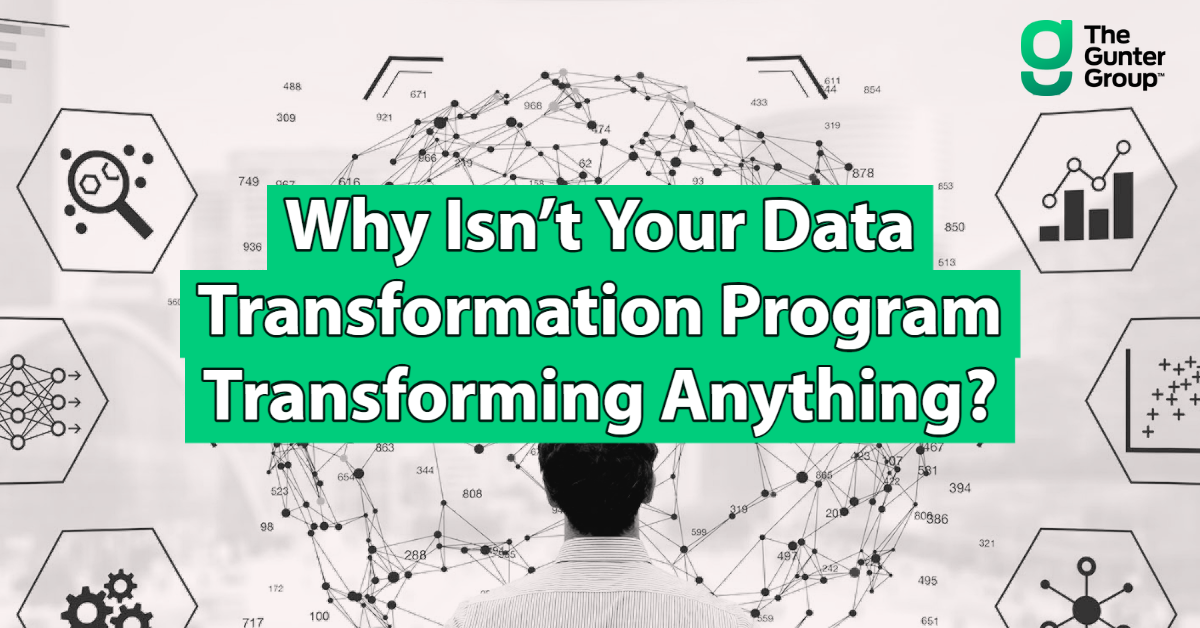TGG’s Danny Quarrell explores how a mix of enablement projects alongside your game changing Transformational projects are key to a healthy Actuarial Transformation Program.
Tag Archives: Technology
DON’T LET TECH DEBT STAND IN THE WAY OF DATA-DRIVEN INSIGHT
Matt Jamison, Principal Consultant and Service Leader for TGG’s Technology Practice, shares strategies to mitigate tech debt and use your data to its fullest potential.
WHY ISN’T YOUR DATA TRANSFORMATION PROGRAM TRANSFORMING ANYTHING?
Matt Jamison, Principal Consultant and Service Leader for TGG’s Technology Practice, explains TGG’s unique approach to Technology work and explores current industry trends.
A QUICK AND DIRTY GUIDE
TO DATA MATURITY
Matt Jamison, Principal Consultant and Service Leader for TGG’s Technology Practice, explains TGG’s unique approach to Technology work and explores current industry trends.
SURVEYING THE DATA LANDSCAPE IN 2022
Matt Jamison, Principal Consultant and Service Leader for TGG’s Technology Practice, explains TGG’s unique approach to Technology work and explores current industry trends.
REAL WORK. REAL RESULTS.
PRAGMATIC AGILE IN PRACTICE
Senior Consultant Rob Anteau, has been working with Agile and waterfall teams for decades. As a way to highlight pragmatic Agile in practice, we are sharing a recent example of an impactful Agile adoption he oversaw for a client.
TECHNOLOGY PRACTICE Q&A WITH MATT JAMISON
Matt Jamison, Principal Consultant and Service Leader for TGG’s Technology Practice, explains TGG’s unique approach to Technology work and explores current industry trends.
WHAT IS AGILE ENTERPRISE ARCHITECTURE?
(AND WHY SHOULD YOU CARE)
Agile enterprise architecture is an approach to EA that applies the principles of the agile methodology to improve outcomes. Here’s everything you need to know.
THREE KEYS TO SUCCESSFUL ENTERPRISE ARCHITECTURE IMPLEMENTATION
Discover three critical insights into transforming Enterprise Architecture and increasing value to organizations with a more agile approach.








